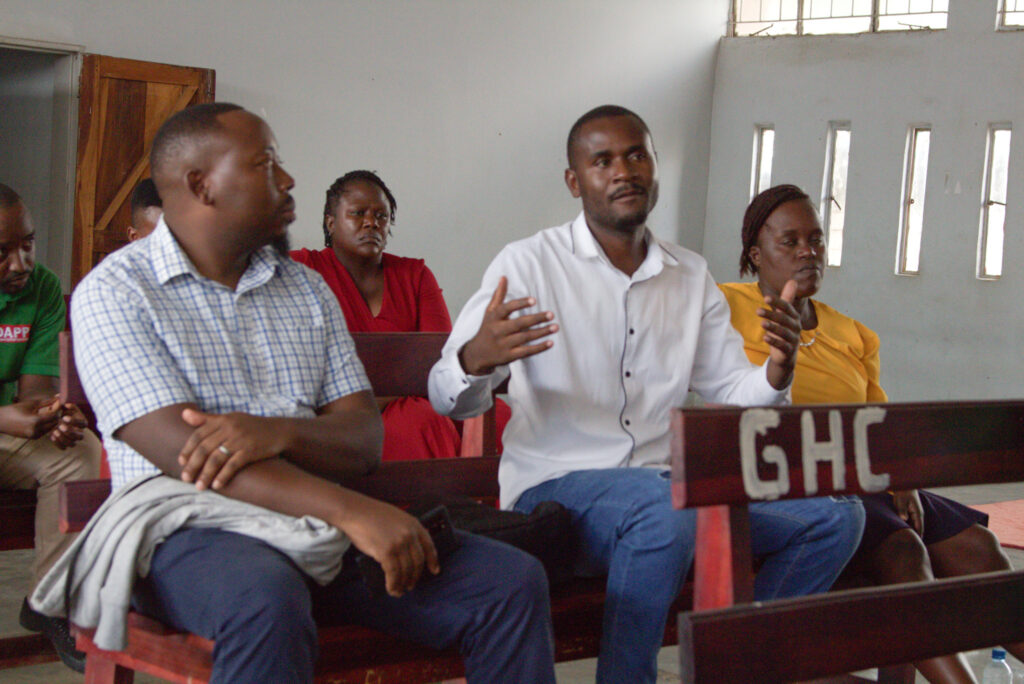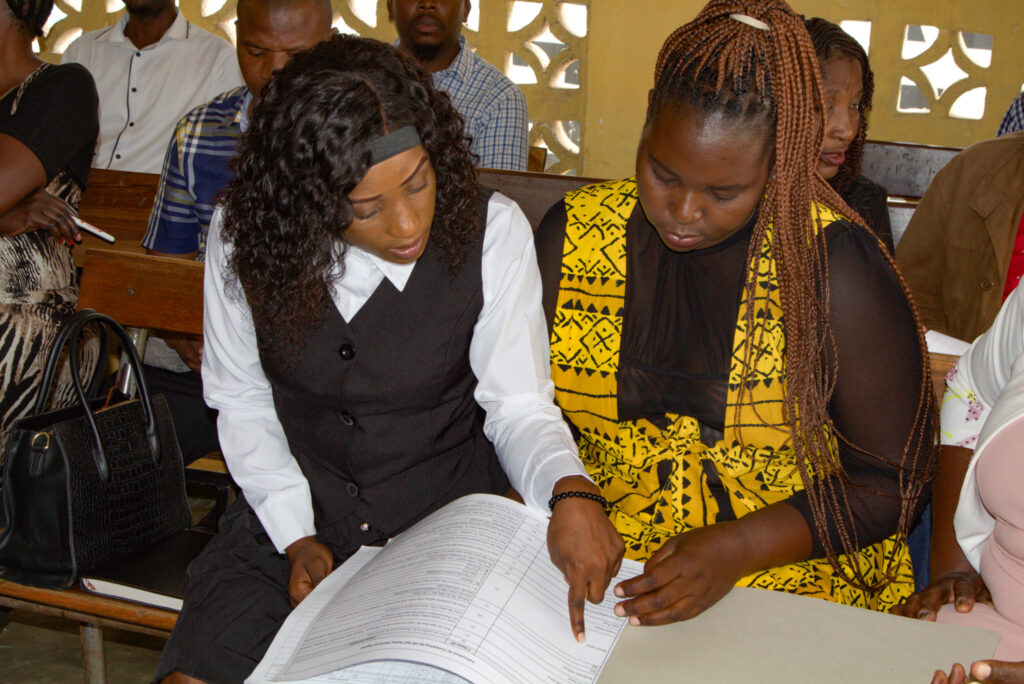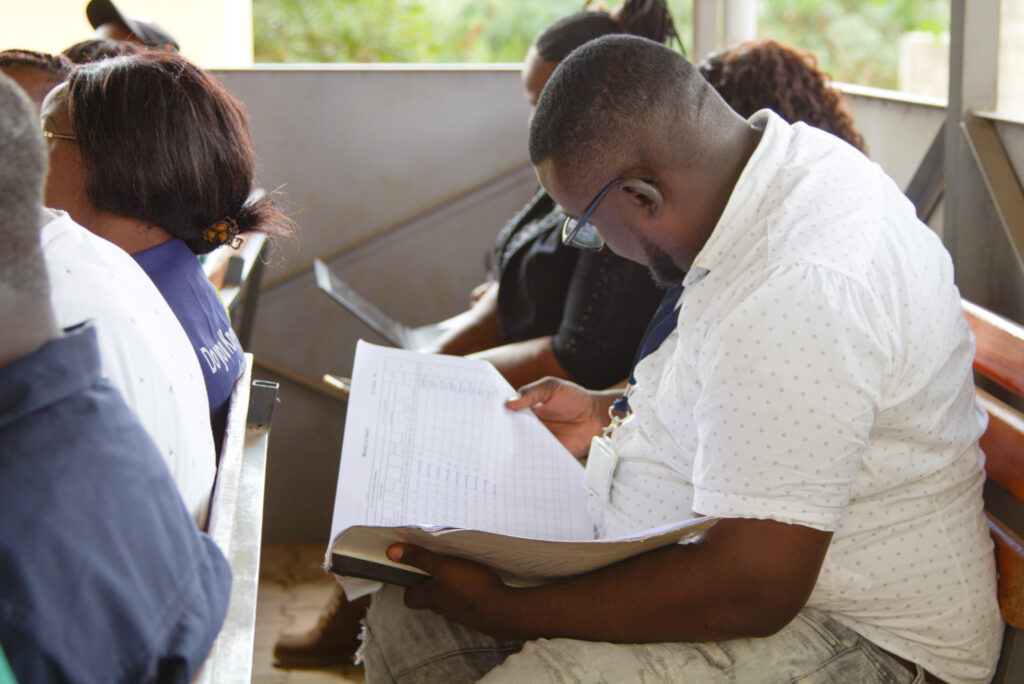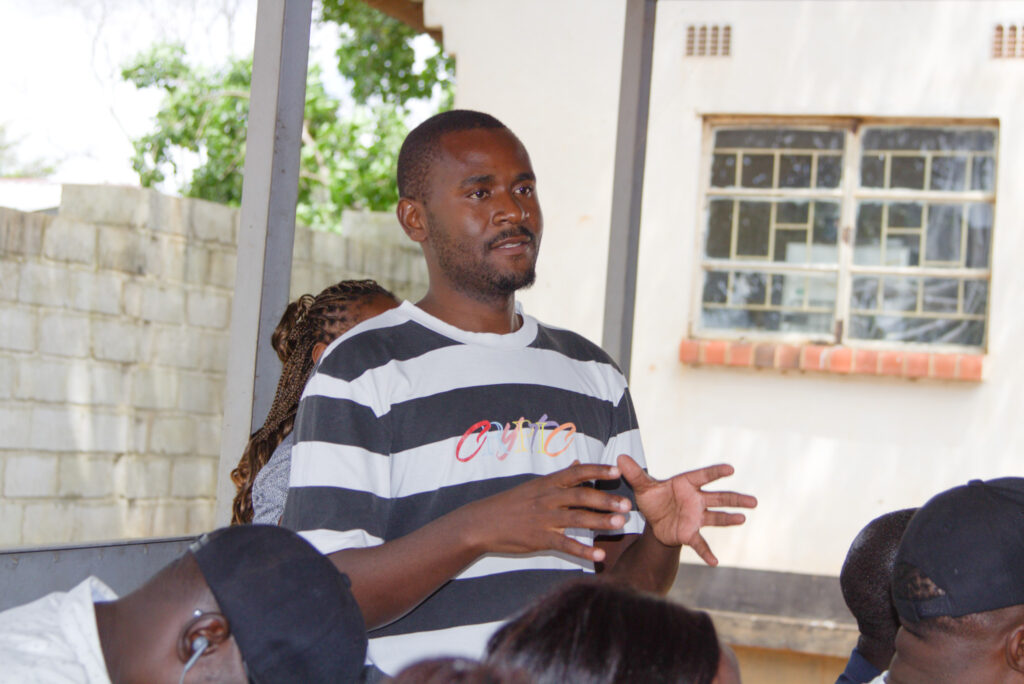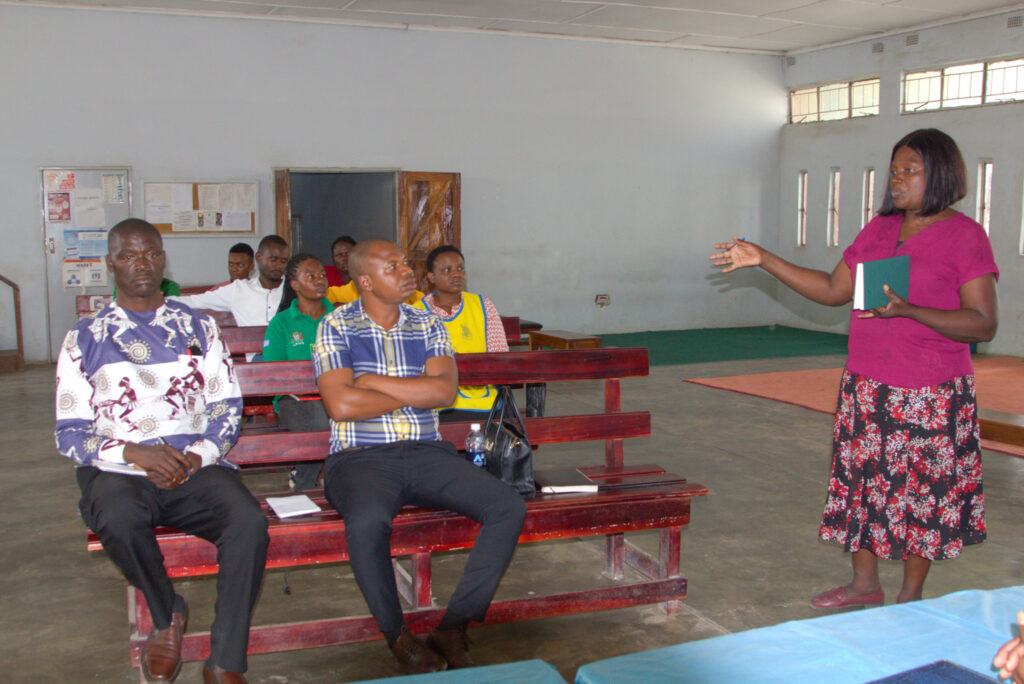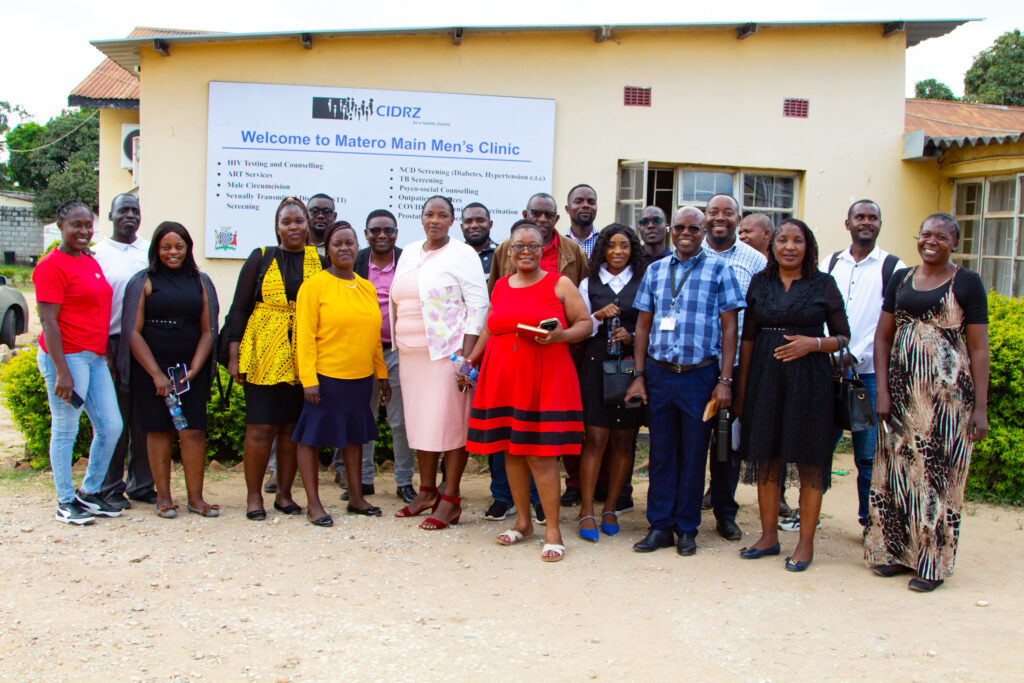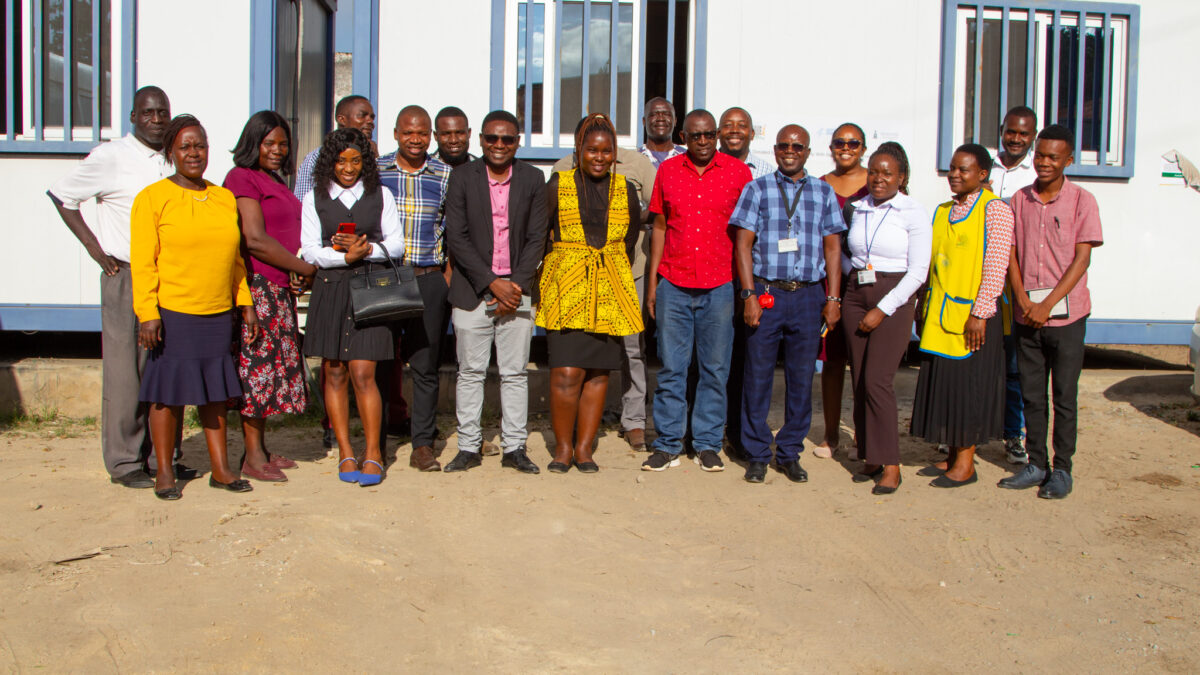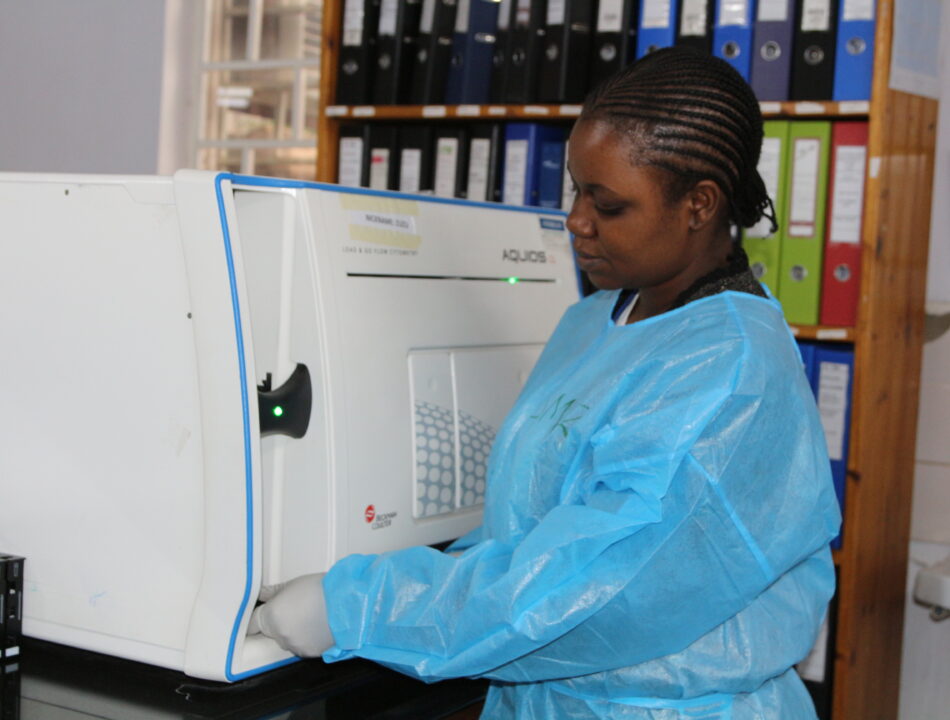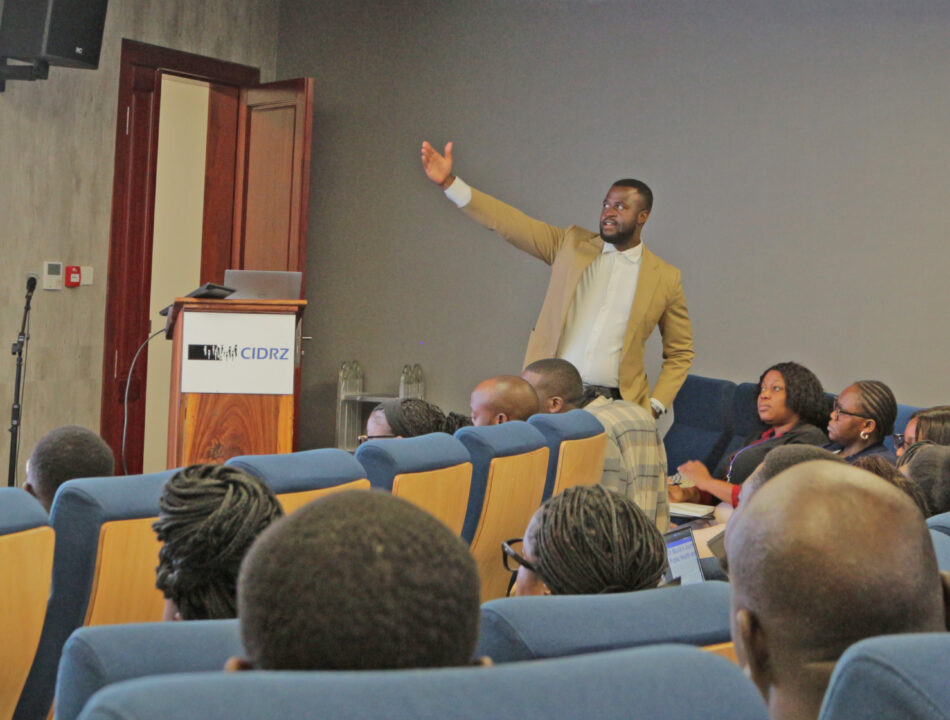CIDRZ and MOH Partner to Strengthen HIV Self-Testing Services by Facilitating Healthcare Provider Exchange Visits.

CIDRZ Strengthens Internal Capacity with In-House Proposal Development Training
April 24, 2025
Virologic Failure and Drug Resistance after Programmatic Switching to Dolutegravir – based First- Line Antiretroviral Therapy in Malawi and Zambia.
April 30, 2025The Centre for Infectious Disease Research in Zambia (CIDRZ), in partnership with the Ministry of Health and with financial support from the Children’s Investment Fund Foundation (CIFF) through Population Services International (PSI), hosted an exchange visit programme for facility-based healthcare providers to enhance HIV self-testing (HIVST) services.
As part of the exchange visits, healthcare providers from Livingstone travelled to Lusaka, while those from Lusaka visited sites in Livingstone to share best practices.
Dr James Zulu, the HIV Self-Testing Project Manager and CIDRZ Advisor for Men’s Clinics and Health Promotion, welcomed the group to the CIDRZ office in Lusaka.
Dr Zulu explained that the exchange visits aimed to strengthen HIVST distribution, monitoring, and evaluation across pilot health facilities in Southern and Lusaka Provinces.
Meanwhile, Dr Natalie Vlahakis, the Project’s Principal Investigator, outlined the objectives of the visit which included sharing best practices, addressing challenges collaboratively, conducting observational learning through site visits, and exchanging knowledge on data collection, monitoring, and reporting.
In Lusaka, the team visited Matero Main Clinic, Chawama Level 1 Hospital, Chongwe Rural Health Centre, Chongwe Hospital Men’s Clinic, and Chilenje Level 1 Hospital.
While in Livingstone, the group visited Libuyu Clinic, Maramba Clinic, Mahatma Gandhi Clinic, Chreso Clinic along with its affiliated community posts, and the Adolescent-Friendly Centres under Mahatma Gandhi Clinic.
During these visits, healthcare teams discussed monitoring and evaluation (M&E) strategies and shared best practices, such as engaging peer educators in HIVST kit distribution and implementing robust data collection systems.
They also engaged with healthcare providers responsible for distributing HIVST kits at both facility and community levels to understand best practices and challenges in implementation.
Common challenges identified included maintaining consistent kit availability and addressing user concerns.
The visits concluded with the development of a clear plan to apply the lessons learned and strengthen participants’ capacity to deliver HIVST services by enhancing their ability to monitor and evaluate the project’s impact.
